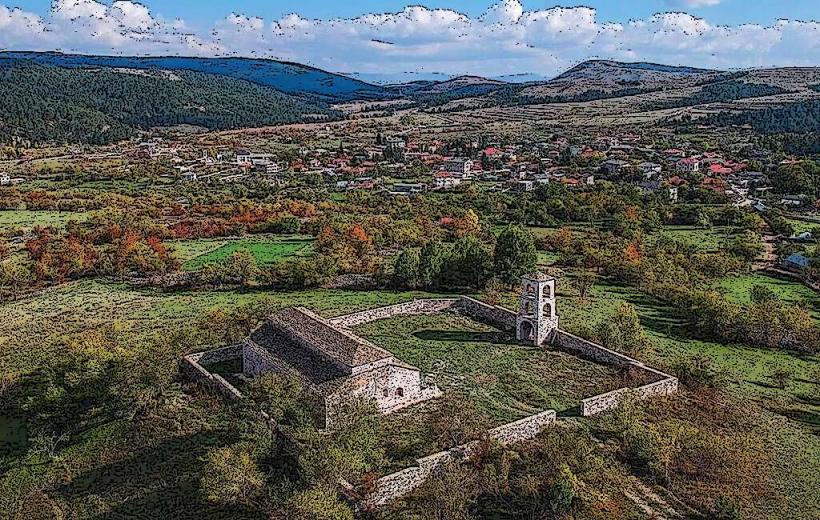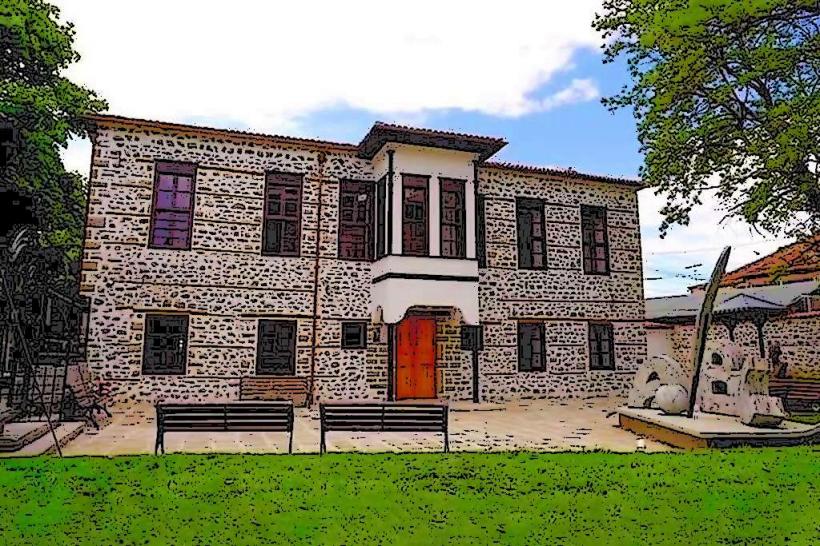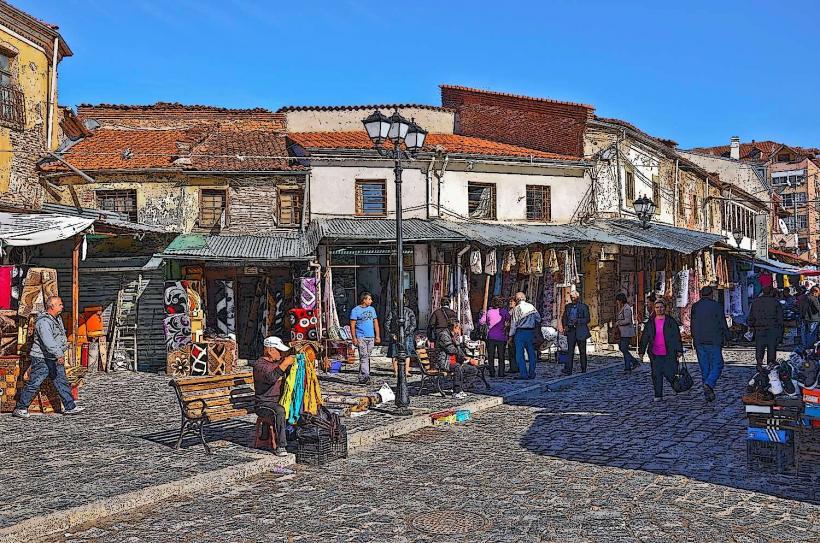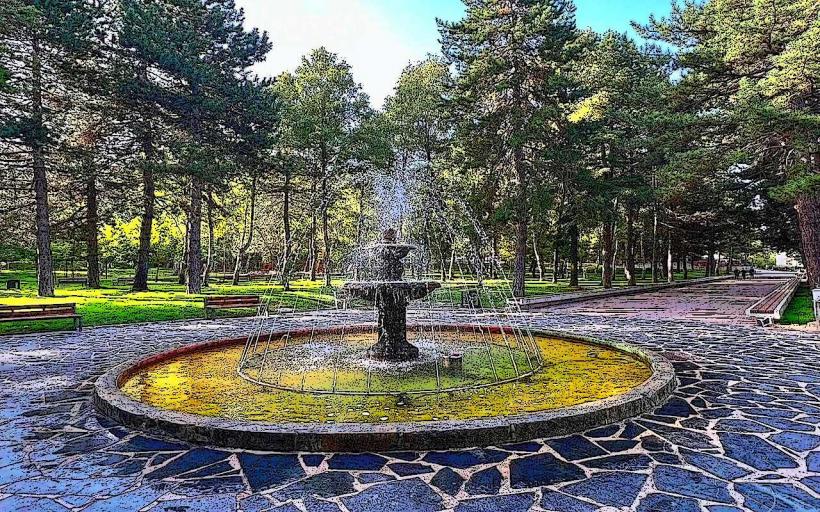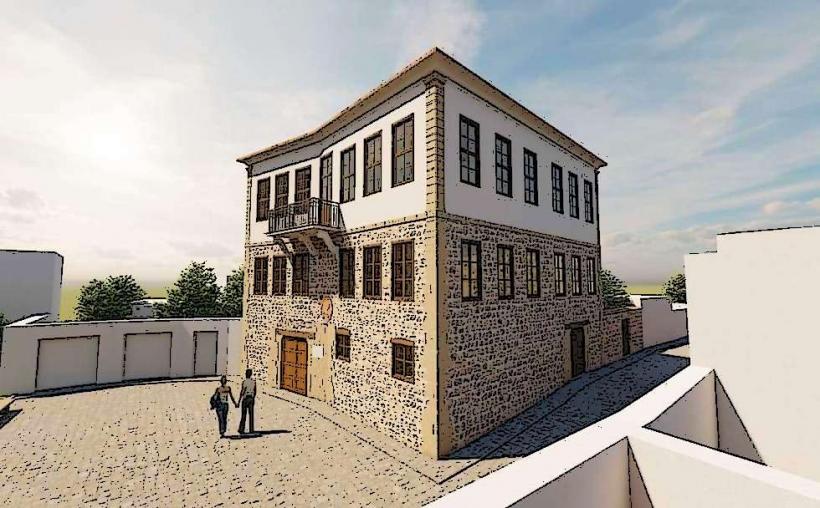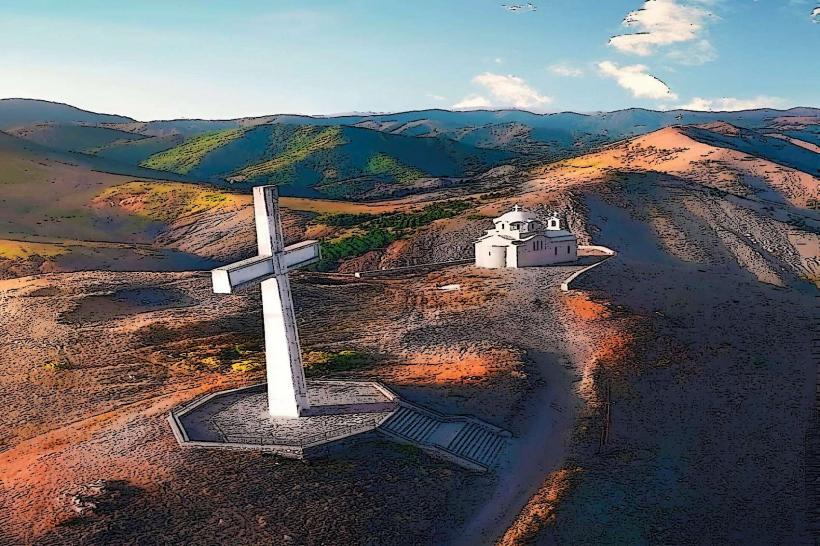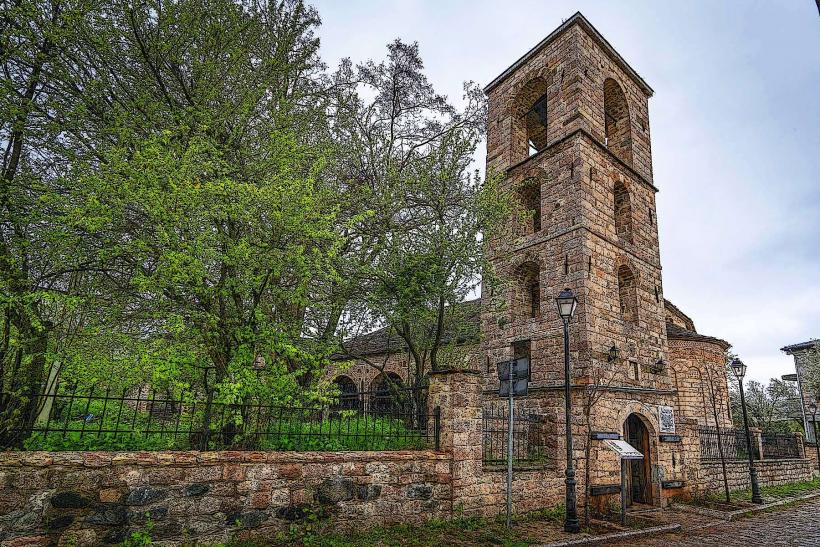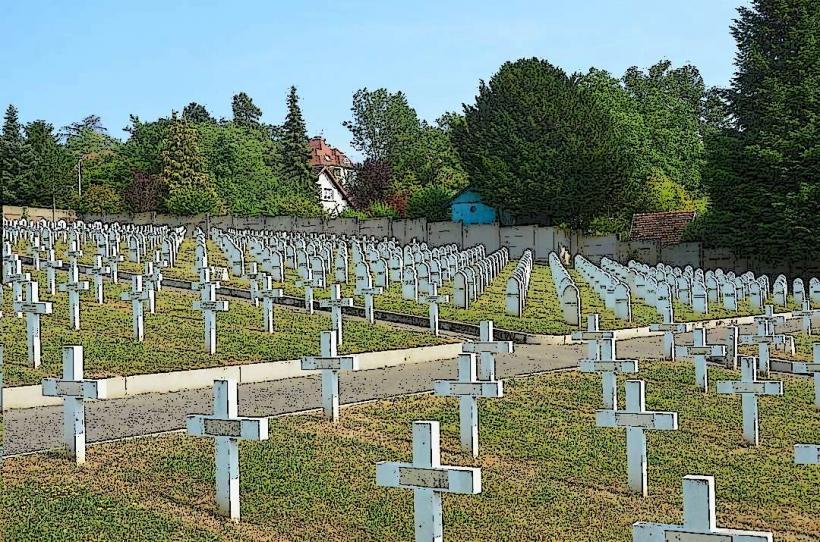Information
Landmark: National Museum of Medieval ArtCity: Korce
Country: Albania
Continent: Europe
The National Museum of Medieval Art (Muzeu Kombëtar i Artit Mesjetar) is a significant cultural institution located in Korçë, Albania. It is dedicated to preserving and showcasing the rich heritage of Albanian medieval art, particularly focusing on the Byzantine and Orthodox Christian artistic traditions. The museum is renowned for its vast collection of icons, sculptures, liturgical objects, and other artifacts from Albania’s medieval period, providing a glimpse into the country's religious and artistic history.
Historical Context
Establishment:
- The museum was officially opened in 1986, and it was founded to preserve the religious and cultural artifacts from the medieval period of Albania’s history, especially during the time when Albania was under the influence of the Byzantine Empire and later the Ottoman Empire.
Role in Preserving Heritage:
- The museum plays a vital role in preserving Albania's Christian heritage, especially in the context of Albania’s diverse religious traditions and history, as well as the impact of the Byzantine and Orthodox Christian civilizations on the region.
Exhibits and Collections
Byzantine Icons:
- The museum boasts one of the largest and most important collections of Byzantine and post-Byzantine icons in Albania, with many works dating back to the 12th to 17th centuries.
- These icons depict significant religious figures such as Christ, the Virgin Mary, and various saints, and showcase intricate artistic styles that evolved through time.
Frescoes:
- The museum displays fragments of frescoes from medieval churches across Albania. These wall paintings represent religious scenes and offer valuable insights into the evolution of religious art during the medieval period.
Religious Artifacts:
- The collection includes various liturgical objects, such as chalices, crosses, candelabras, and priestly vestments, many of which were used in churches and monasteries across the country.
Sculpture and Reliefs:
- The museum also houses sculptures, including stone carvings, reliefs, and altars, which reflect the artistic techniques of the period. These pieces often feature biblical themes and saints.
Manuscripts and Codices:
- The museum holds rare medieval manuscripts, some with illuminated pages that are invaluable to understanding the religious and artistic literacy of the time.
Architectural Features
Building Design:
- The museum is housed in a modern building designed to accommodate the unique needs of its collections. While the exterior design is functional and unassuming, the museum's interior is designed to facilitate the display and conservation of delicate artworks.
Layout:
- The museum is organized into several sections, with each area dedicated to different types of art, including icons, frescoes, sculptures, and manuscripts. The artifacts are carefully displayed to allow for detailed viewing while maintaining the integrity of the works.
Cultural Significance
Preserving Orthodox Heritage:
- The museum plays an essential role in preserving the Orthodox Christian heritage of Albania, particularly as the country navigated periods of religious suppression during communist rule. It helps tell the story of how religion and art intertwined throughout the centuries.
National Identity:
- For Albanians, the National Museum of Medieval Art is an important symbol of cultural and religious continuity, representing a deep-rooted connection to Byzantine and Ottoman traditions that have shaped the region's identity.
Tourism and Education:
- The museum is a key destination for those interested in Albania's medieval past, and it provides an educational resource for students and scholars of history and art.
Visitor Information
Location:
- The museum is located in the center of Korçë, near the Republic Square. It is easily accessible to visitors exploring the city’s other attractions.
Opening Hours:
- The museum is typically open every day except for Mondays. The hours may vary depending on the season or special events, so it is advisable to check ahead.
Entrance Fee:
- There is an entrance fee for the museum, but it is quite affordable. Discounts are available for students and groups.
Guided Tours:
- The museum offers guided tours in Albanian and English, which are highly recommended to get a deeper understanding of the historical and artistic significance of the exhibits.
Nearby Attractions
Korçë Cathedral:
- Just a short walk from the museum, the Cathedral of the Resurrection of Christ is a modern Byzantine-style church that is a central religious landmark in Korçë.
Old Bazaar:
- The historic Old Bazaar of Korçë is a great place to explore local crafts, cafes, and the city’s Ottoman-era architecture.
National Park of Dajti:
- Located a bit further away, this national park offers scenic views of the surrounding mountains and is a popular destination for hiking and nature enthusiasts.
Why Visit the National Museum of Medieval Art?
The National Museum of Medieval Art is a must-visit for anyone interested in Byzantine art, Orthodox Christianity, and the cultural history of Albania. The museum offers a unique window into Albania’s medieval past, providing visitors with a chance to experience some of the most important religious artworks from this era. Whether you are an art lover, historian, or simply curious about Albanian culture, the museum offers a deep and enriching experience.


